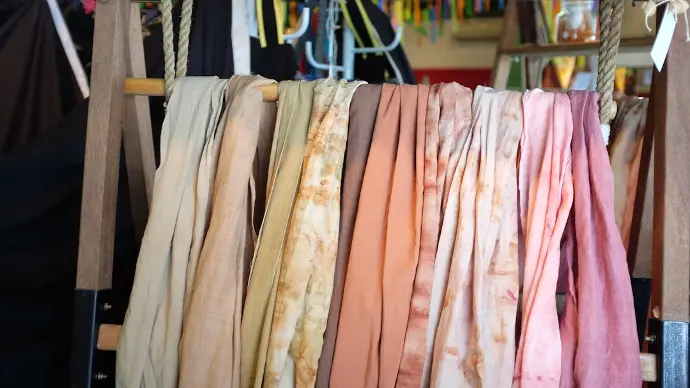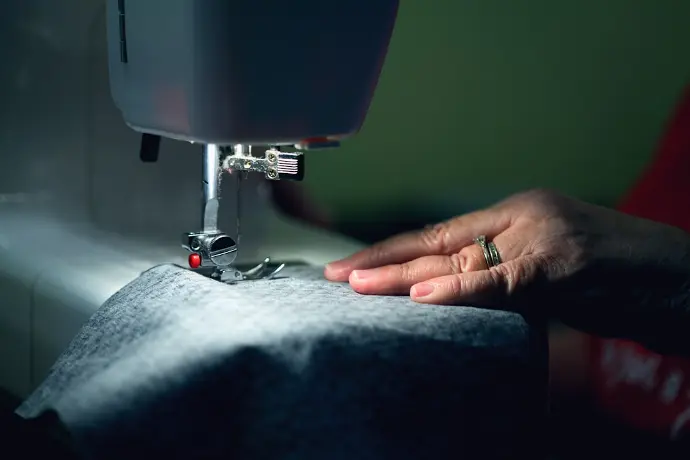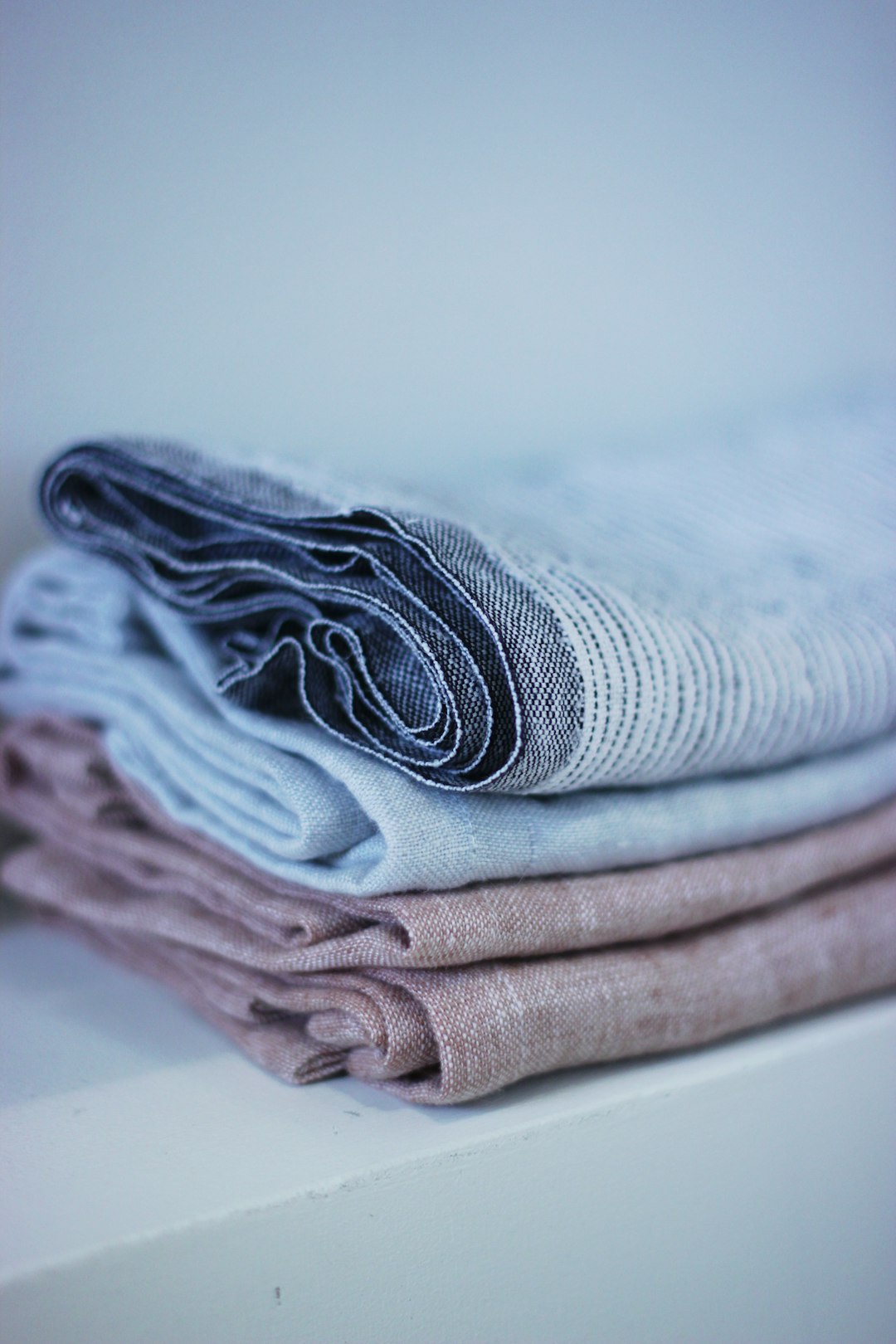Choosing the Right Fabric for You
For both seasoned tailors and enthusiastic DIY crafters, the selection of fabric is a crucial step in the creation of custom merchandise and sewing projects. The right material can elevate your project from good to great, providing the perfect drape, durability, and aesthetic appeal. But with so many types of fabric available, how do you choose the one that's right for you and your project?
In this article, we delve into the world of fabrics to help you make informed decisions for your next sewing endeavor. We'll cover the key factors in material selection, the different types of woven fabrics, and tips for choosing the perfect fabric for your needs.
Understanding Material Selection
Selecting the right fabric is more than just picking a color or pattern that appeals to you. It involves understanding the properties of different materials and how they contribute to the final product.
Consider the End Use of Your Project
Before diving into the vast sea of fabrics, it's essential to consider the intended use of your finished product. Will it be a piece of clothing, a home décor item, or perhaps a durable bag? Each application requires specific fabric characteristics to ensure functionality and longevity.
For clothing, you may want fabrics that are breathable, comfortable against the skin, and appropriate for the climate. Home décor items, like curtains or upholstery, often need heavier, more durable materials. Projects like bags or outdoor gear require sturdy fabrics that can withstand wear and tear.
Think About the Drape and Weight
The drape of a fabric refers to how it hangs and flows. Lighter fabrics with a good drape are ideal for flowy dresses or curtains, whereas stiffer fabrics are better for structured items like blazers or tote bags.
The weight of the fabric is also a key consideration. It can range from lightweight sheers to heavy-duty canvases. A fabric's weight will impact its ease of sewing, how it wears, and its suitability for certain patterns or styles.
Exploring Types of Fabric

by Nafinia Putra (https://unsplash.com/@nputra)
Fabrics come in a dizzying array of types, each with its unique qualities. Let's explore some of the most common categories and what makes them distinct.
Woven Fabrics
Woven fabrics are made by interlacing threads in a crisscross pattern. They're typically less stretchy than knits and are great for a variety of sewing projects.
Cotton
Cotton is a versatile and popular choice for a wide range of projects. It's breathable, soft, and comes in various weights and weaves. From lightweight voile to sturdy denim, cotton can fit almost any sewing need.
Linen
Linen is known for its natural luster and coolness, making it a favorite for summer garments. It tends to wrinkle easily but is well-loved for its relaxed, casual look.
Silk
Silk is a luxurious choice that provides a beautiful sheen and excellent drape. It's often used for formal wear or delicate items but can be more challenging to sew due to its slippery nature.
Wool
Wool fabrics are warm and can range from lightweight for garments like suits to heavy coatings for outerwear. Wool is also resilient and drapes well.
Knit Fabrics
Knit fabrics are made by interlocking loops of yarn, which gives them natural stretch and flexibility. They're commonly used for clothing that requires movement, such as athletic wear or casual T-shirts.
Jersey
Jersey is a soft, stretchy knit commonly used for t-shirts and lightweight garments. It's comfortable and drapes well, making it a favorite for everyday wear.
Fleece
Fleece is a warm, fuzzy knit fabric often used for cozy sweaters or blankets. It's known for its softness and insulation properties.
Specialty Fabrics
These fabrics have unique qualities that make them suitable for specific applications or effects.
Leather
Leather is a durable material with a distinct look and feel, used for items like jackets, bags, and shoes. It requires special sewing techniques and tools.
Sequined or Beaded
Fabrics adorned with sequins or beads add sparkle and texture to a project. They're ideal for special occasion wear but can be tricky to sew.
Waterproof or Outdoor
Materials designed for outdoor use, like canvas or synthetic laminates, are built to resist the elements and are perfect for tents, awnings, or rain gear.
Tips for Choosing the Right Fabric

by Alexander Grey (https://unsplash.com/@sharonmccutcheon)
Now that we've covered some of the common fabric types, here are some tips to help you choose the right one for your project.
Read the Pattern Recommendations
If you're working from a pattern, the designer will typically list recommended fabrics. These suggestions are based on how the fabric will complement the design and are a great starting point for beginners.
Consider the Care Requirements
Think about how the finished item will be laundered. Some fabrics require special care, like dry cleaning or hand washing, which might not be practical for everyday items.
Feel the Fabric
Whenever possible, physically feel the fabric. This will give you a sense of its texture, weight, and drape, which can be difficult to gauge from a photo or description online.
Buy Samples or Swatches
For those shopping online or wanting to test how a fabric behaves, purchasing a sample or swatch is a wise decision. It allows you to see and feel the fabric before committing to a larger purchase.
Ask for Advice
Don't hesitate to ask for recommendations from staff at fabric stores or from fellow sewing enthusiasts. They can offer valuable insights based on experience.
Conclusion: Fabric for Thought

by micheile henderson (https://unsplash.com/@micheile)
Choosing the right fabric can be a delightful journey of discovery, one that adds depth and quality to your sewing projects. If you're looking for the perfect fabric for a shirt, tee, or personalized items, it's important to learn more.
You can find the ideal woven fabric for a sharp shirt. You can also find a cozy knit for a relaxed tee. You can even find a unique fabric for personalized items.
Remember to consider the end use, drape, weight, and care instructions. Feel free to touch and sample different fabrics. Explore and compare them until you find the perfect one that resonates with you. Make sure it suits your project requirements.
With these tips in mind, you're well on your way to making material selections that bring out the best in your sewing endeavors. Happy crafting!
Learn more about branding in some of our other blogs! Here
Choosing the Right Fabric for You